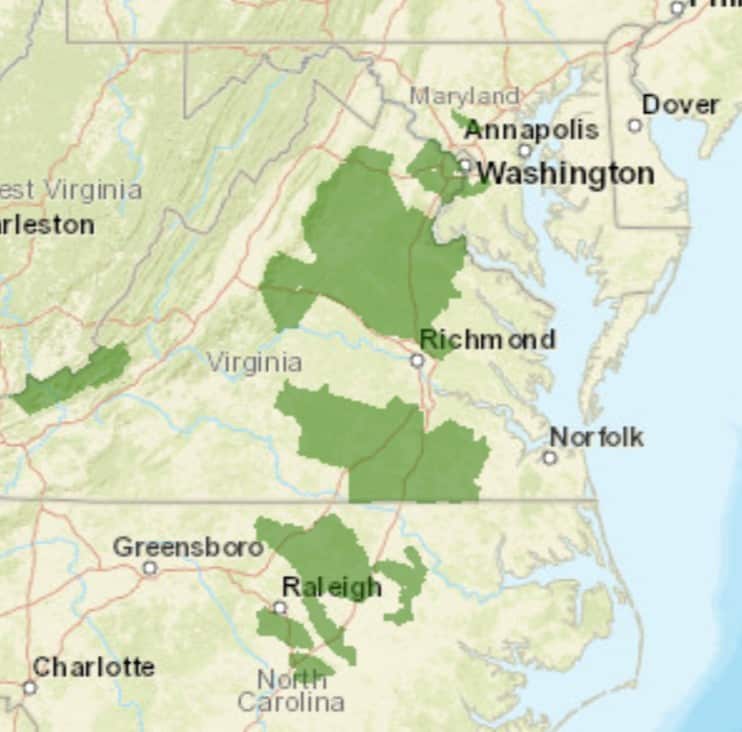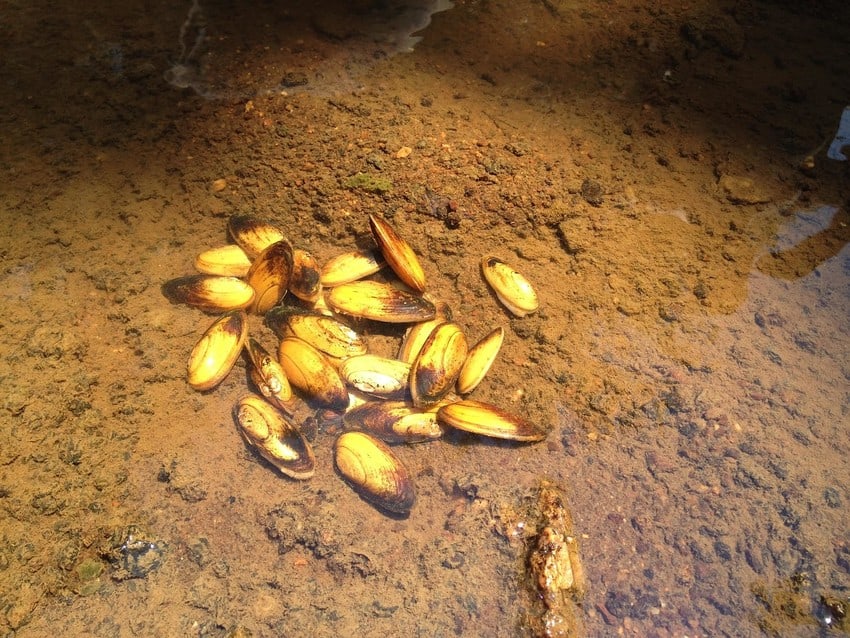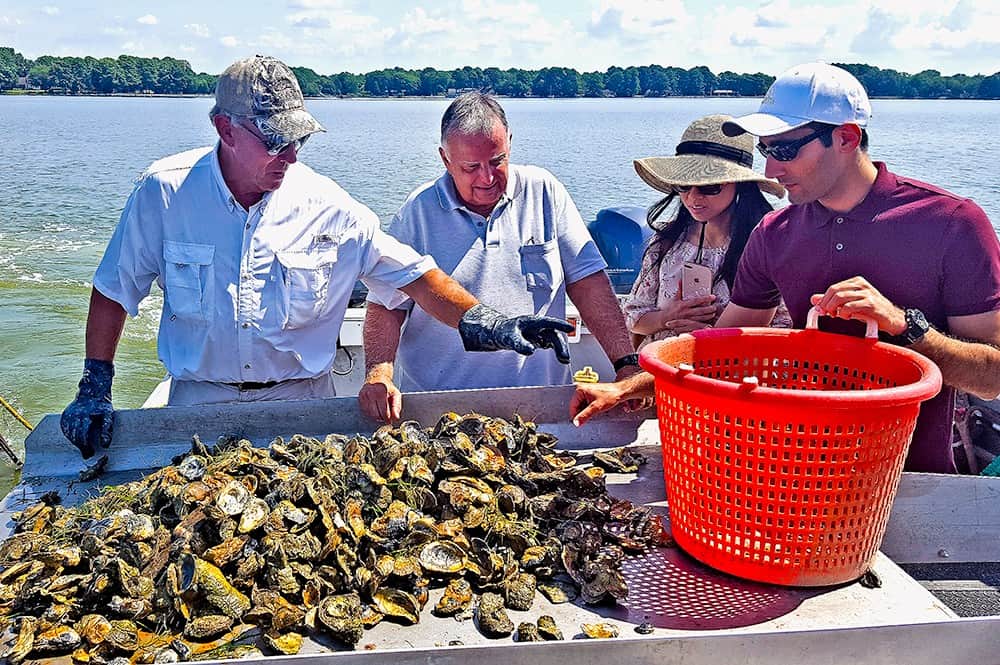A freshwater mussel whose population has been in jeopardy since the early 1990s finally gets federal Endangered Species Act protection, thanks to legal action by the Center for Biological Diversity.
The yellow lance mussel lives in Maryland, Virginia, and North Carolina. It is threatened by pollution from agriculture, logging, and urban development, according to the Center, as well as by climate change. There are only seven remaining populations, and 86 percent of the streams in their current range are classified as having low or very low water quality.
After the yellow lance was identified as needing federal protection in 1991, the Center petitioned for its protection in 2010 and filed a lawsuit in 2015 to prompt a decision. Last week, the U.S. Fish and Wildlife Service gave Endangered Species Act protection to the mussel species.
“Freshwater mussels are North America’s most endangered group of animals, which tells us we have to take better care of our streams and rivers,” said Tierra Curry, a senior scientist at the Center. “Because the yellow lance is an indicator of water quality, protecting its habitat will directly benefit people, as well as other wildlife that rely on clean rivers.”

The yellow lance grows to be about 3.5 inches long and like other freshwater mussels, you can count their growth rings to determine their age. Some freshwater mussels live to be 100 years old. They filter the water as they eat, improving the water quality just as oysters do.
In Maryland, the yellow lance is found in the Patuxent Hawlings, and Potomac rivers, all in Montgomery and Howard counties. There are ten miles of critical habitat in all. In Virginia, it lives in the James and Rappahannock River basins.
While it’s already illegal to harm these protected mussels, critical habitat designation adds an additional layer of protection, requiring any federally funded or permitted project to consult with the Service to make sure mussel habitat is not harmed.
“Freshwater mussels are fascinating and important, and we owe it to future generations to protect them,” says Curry.
Bay Bulletin asked if it’s unusual for it to take so long for a species to get Endangered Species Act protection. Curry says it’s not.
“Unfortunately, it’s really common for imperiled species to wait a decade or longer to gain official protection under the Endangered Species Act once they’ve been identified as being in need of protection. Some species wait even longer. More than 45 species have gone extinct while waiting for their protection to be finalized,” Curry tells us.
You can read more about the yellow lance mussel at U.S. Fish and Wildlife’s species profile page: https://ecos.fws.gov/ecp0/profile/speciesProfile.action?spcode=F03I#crithab.
–Meg Walburn Viviano




